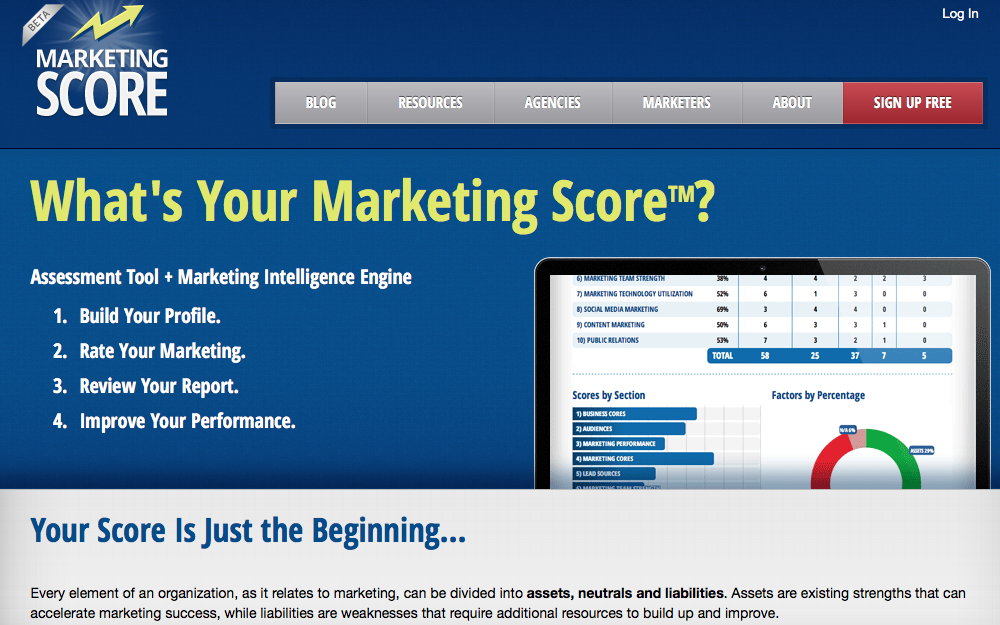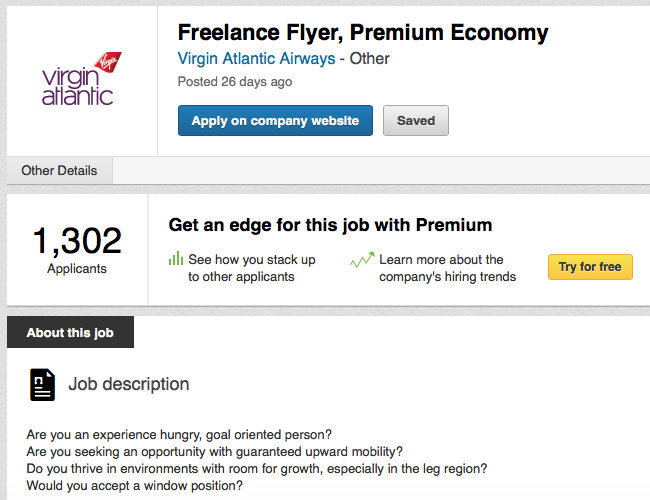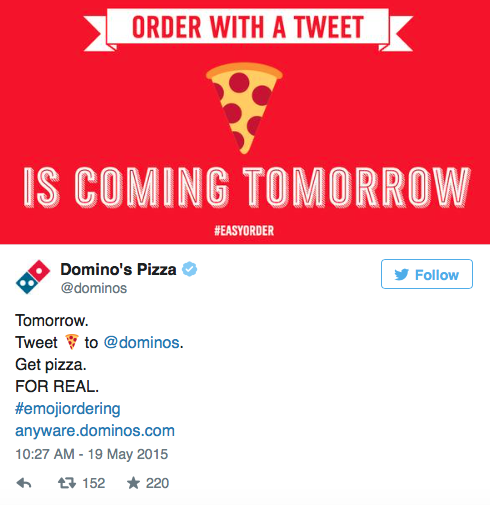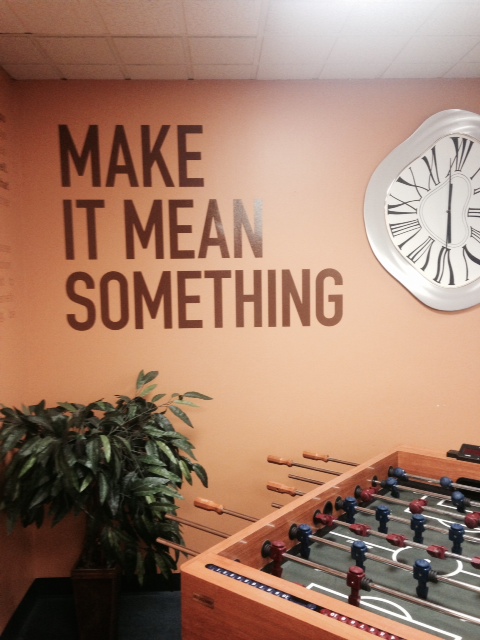It’s time to assess how your marketing department performed in 2015, and how you are going to achieve your marketing goals for 2016.
I was at the Fuel Lines conference in Nashville last week and heard a fantastic presentation from Paul Roetzer, president of PR 20/20. His agency published the Marketing Score Report which provides some valuable insights on how companies rate their marketing performance.
The report evaluates marketing areas including:
- Audiences
- Social media marketing
- Content marketing
- Marketing technology utilization
- Marketing team strength
and so much more.
As you develop your 2016 plans, this could be a useful resource in helping justify investments in technology, creating realistic and defendable budgets, and aligning measurable objectives with strategies that will produce the desired results.
One of the key findings that Geile/Leon has observed with many clients is that the majority of organizations have aggressive growth goals and conservative budgets, creating a potential misalignment of expectations.
Another key finding is that despite lead generation and lead-to-sale conversions being the two highest priority goals, organizations are failing to tap into the power of social media to achieve those goals. Many companies don’t have a cohesive content marketing plan which supports their lead generation and branding efforts.
How does your organization’s marketing efforts stack up?
PR 20/20 has developed an online assessment tool to help marketers rate their marketing programs and identify weaknesses. Check out this valuable tool by clicking here: What’s Your Marketing ScoreTM?

This report and assessment tool gives you plenty to think about as you evaluate 2015 and plan for next year, such as:
- Does your organization have the right marketing talent and technology in place to achieve desired performance goals?
- Are your expectations for growth aligned with your potential?
- What can large enterprises do to stay on top when nimble organizations develop more modern marketing teams and quickly adapt to marketing technology advancements?
- Do you have the right agency partners to fill internal marketing team gaps, and provide the skills/expertise needed for critical growth areas?
Fill out the assessment or just review the report. I have found them extremely beneficial for our agency and clients.





